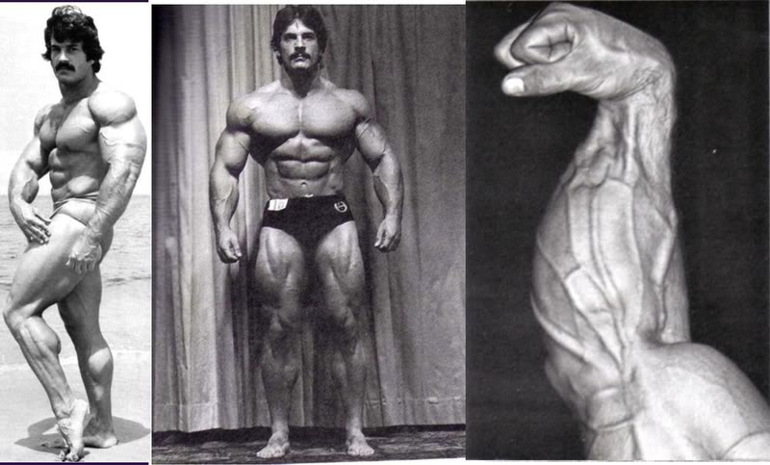Heavy Duty Report: It Works for Me
I have been training Heavy Duty style since October 2013. It took me some time to unlearn volume training, and leave more is better mentality behind. I am not using unlearning as a purely intellectual activity here. Mike Mentzer’s teachings are clear and logical. But when it comes to weight training your body needs to chew on the ideas too. Unsurprisingly I made mistakes in my first few (3 to 6 month long) cycles. But then I got the hang of it. I can now say, with confidence, that Heavy Duty Training works for me. It works damn well.

What Is New?
I have been lifting weights for almost two decades. I have started with high-volume programs just like everybody else. Trust me, if you haven’t heard of volume training, you have been doing volume training[1]. Not too soon after I switched to a high-intensity program, I have noticed the following differences:
- I realized I had been overtrained most of the time. No pain no gain. But also constant pain little or no gain. My issue was not so much with the soreness but general lethargy. I wasn’t working out with enough intensity since I wasn’t able to fully recover. It felt intense, but it wasn’t. I get sore less frequently and for shorter durations now. But I now train with so much intensity I feel like I have drained all the energy in my body when I finish a set[2].
- Increased focus. In and out of the gym. In the gym; because when you do one set per muscle, you have to make it count. If your mind is not there, you might as well not have shown up. Outside of gym; because I don’t overtrain anymore. When you are unable to repair your muscles, your nervous system gets affected by the deficiencies as well.
- You look a lot less majestic when you do strict 4 seconds up, 4 seconds down reps. A set of 10 takes a minute and a half. Compared to a typical 30 seconds set this is significantly more time under stress. As a result you work with smaller weights. You don’t get to show off, but it safer and easier on your joints and ligaments.
- Working out takes a a lot less time. My workouts were never ridiculously long, an hour fifteen minutes, one and a half hours tops. Now my workouts take between 25 and 50 minutes (40 minutes median). Since every set counts, you push yourself in every set, you get physically and mentally drained after 4 or 5 sets. More importantly you rest more between workouts. I used to train four days a week, now I start with a one day on one day off schedule and increase rest days up to four as it gets more challenging.
- Most importantly I now have a meaningful way to measure my progress. When you do 3 sets of 10, do you record the weights of all three sets? Or just the last one? How do you compare that to a 4 sets of 12 workout? I do one set per muscle, I record the 1RM. If it increases over time, it means I’m on the right track. If it stagnates or decreases I start to panic.
The Data
Without further ado here’s the data:
Muscle Group |
Aug - Now 2014 |
Jan - Jul 2015 |
|---|---|---|
| Legs |
8%
|
10.3%
|
| Chest & Delts |
1.6%
|
14.5%
|
| Back |
5.1%
|
8.2%
|
| Arms |
13%
|
11.8%
|
Each row represents a broad category of movements. Columns represent improvement of 1RM. The percentages are differences between the average of the first three workouts and the average of the last three workouts.
In my opinion these are very good results. Note that these percentages don’t directly correlate with strength increases. I had two to three weeks long breaks between the plans. Also I change the movements between plans, so it takes a couple of workouts to get efficient again. But they are still good results. I would be lying if I said I was all natural. But I have been natural long before I started doing heavy duty workouts. I also don’t take a lot of supplements. I prefer getting nutrients from real food. So, contrary to what I have been reading online, I would say Heavy Duty Training is very natural friendly.
Mike Mentzer image above is taken from this forum and published with fair use in mind. I did search for a CC licensed photo but couldn’t find one.
| [1] | See More Or Less? for more info. |
| [2] | That is literally what training to failure means. |
If you have any questions, suggestions or corrections feel free to drop me a line.